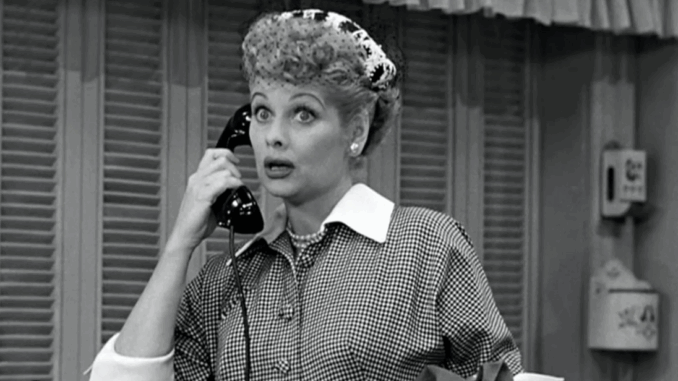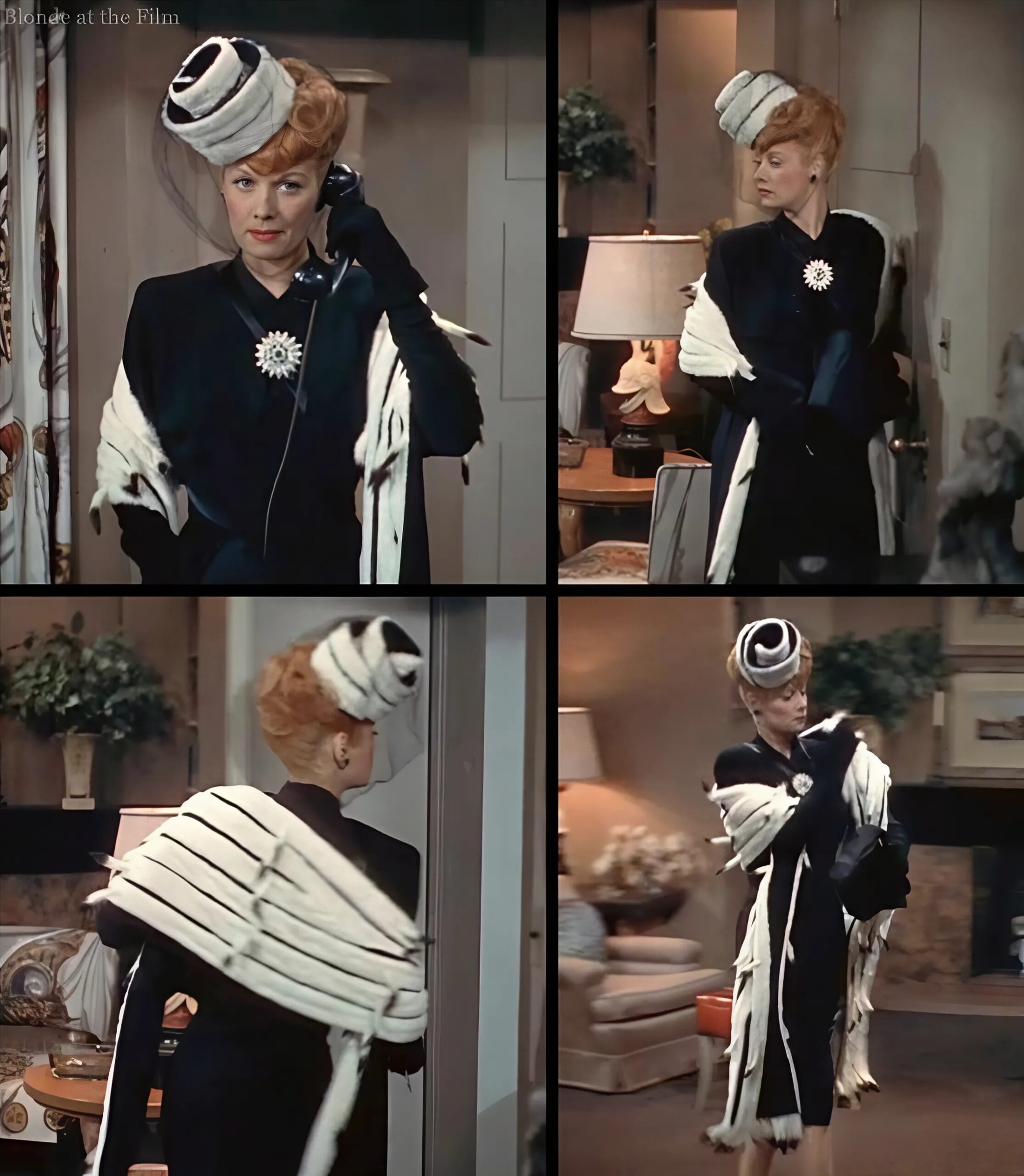
More than just a hilarious sitcom, I Love Lucy wasn’t just a show – it was a revolution. This iconic series didn’t just entertain; it laid the very foundation for much of what we recognize as modern television. Here are five groundbreaking things I Love Lucy did first, forever altering the landscape of the small screen:
1. The Power of a Live Audience: Before Lucy, sitcoms often felt staged and somewhat artificial. I Love Lucy broke the mold by being the first sitcom filmed live in front of a studio audience. This innovation injected an immediate energy and authenticity into the performances, with the genuine laughter of the viewers becoming an integral part of the show’s charm and comedic timing. This live audience format quickly became a staple for countless sitcoms that followed.
2. Pioneering the Multi-Camera Magic: Forget static, single-camera setups! I Love Lucy was among the first to utilize a multi-camera shooting technique. This allowed for dynamic scene coverage, capturing different angles simultaneously and streamlining the editing process. This approach became the gold standard for sitcom production, enabling the fast-paced, visually engaging style we see in comedies today.
3. The Birth of the Rerun: Life imitated art – and television history was made! When Lucille Ball became pregnant, the show faced a unique challenge. Instead of disappearing from screens, I Love Lucy became the first program to introduce the concept of reruns. This “re-airing” of previous episodes not only kept the show on the air during Ball’s maternity leave but also established a fundamental practice in television programming that continues to this day.
4. Breaking Barriers with an Interracial Romance: In a time of significant social division, I Love Lucy bravely featured the first prominent interracial couple on mainstream television: the beloved Lucy Ricardo (Lucille Ball) and her Cuban bandleader husband, Ricky Ricardo (Desi Arnaz). Their on-screen chemistry and genuine affection challenged societal norms and paved the way for greater representation on television.
5. Ratings That Rocked the Nation: The show’s cultural impact was undeniable. The episode titled “Lucy Goes to the Hospital,” which aired the same day Lucille Ball gave birth to Desi Arnaz Jr., garnered a staggering viewership. Its ratings were so colossal that it actually outdrew the inauguration of President Dwight D. Eisenhower! This cemented I Love Lucy‘s status as a cultural phenomenon and demonstrated the immense power of television to captivate the nation.

I Love Lucy wasn’t just a funny show; it was a trailblazer. Its innovative production techniques, its willingness to break social barriers, and its sheer popularity reshaped the television industry in profound and lasting ways. To understand the history of television, you have to understand the enduring legacy of Lucy.
